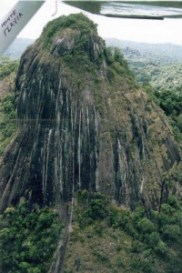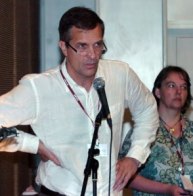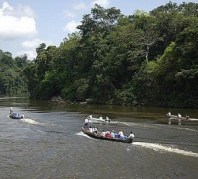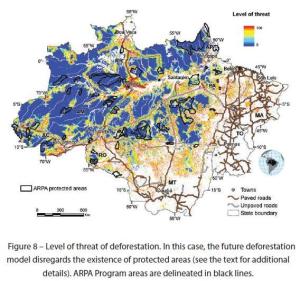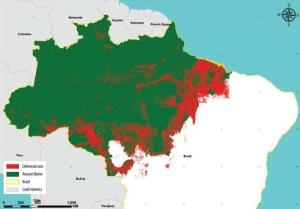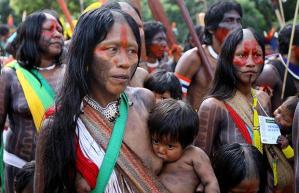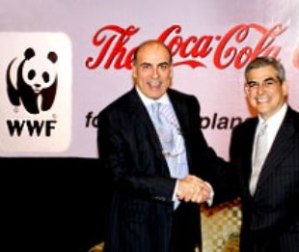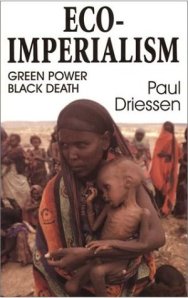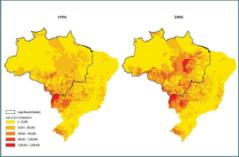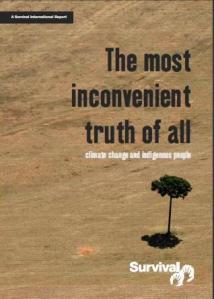The WWF and Tree Monoculture Plantations
The WWF and Tree Monoculture Plantations
The World Wildlife Fund (WWF), in addition to being the object of
harsh criticism for its membership in the Round Table on Responsible
Soy, is also under fire for giving its seal of approval to a United
Nations’ Food and Agriculture Organization’s (FAO) tree monoculture
plantation certification scheme, which the World Rainforest Movement
(WRM) considers fraudulent.
The WWF currently directs and coordinates a “New Generation
Plantations Project” with the participation of tree plantation firms
such as Forestal Oriental, a subsidiary of Finland’s UPM/Kymmene
operating in Uruguay; Portucel, which has operations in Uruguay;
Smurfit Kappa Cartón, an Irish-Dutch company operating in Colombia;
and the Swedish-Finnish Stora-Enso, whose operations in Brazil and
Uruguay are the object of controversy.
“Around the world, millions of hectares of productive land are quickly
being converted to green deserts disguised as ‘forests’”, declared the
Latin American Network Against Tree Monocultures in August 2009.
“Local communities are displaced in order to make room for unending
rows of identical trees – eucalyptus, pine, oil palm, rubber trees,
jatropha (physic nut), and other species – which replace nearly all
other forms of life in the zone. Cultivable land, crucial for the food
sovereignty of local communities, is converted into monoculture tree
plantations producing raw materials for export. Water resources are
contaminated and exhausted by the plantations, while the earth is
degraded”.
“What WWF is actually doing is to promote the expansion of tree
monocultures and helping to greenwash the long – and well documented –
history of past and present destructive activities of the companies
and organizations involved in this project,” denounces the WRM. “At
the same time, it is assisting the beleaguered FAO by continuing to
define tree plantations as “planted forests”, thereby weakening the
growing civil society demand for changing a definition that has so
much served plantation companies for obscuring the true and negative
nature of these monocultures.”
Source:
World Rainforest Movement, Bulletin 153, April 2010. “FAO and WWF:
birds of a feather promote ‘planted forest’ together” http://www.wrm.org.uy/index.html
Latin American Network Against Tree Monoculture, “Declaración de la
Red Latinoamericana contra los Monocultivos de Árboles”, August 1, 2009
http://www.wrm.org.uy/plantaciones/RECOMA/declaracion_08_09.html

